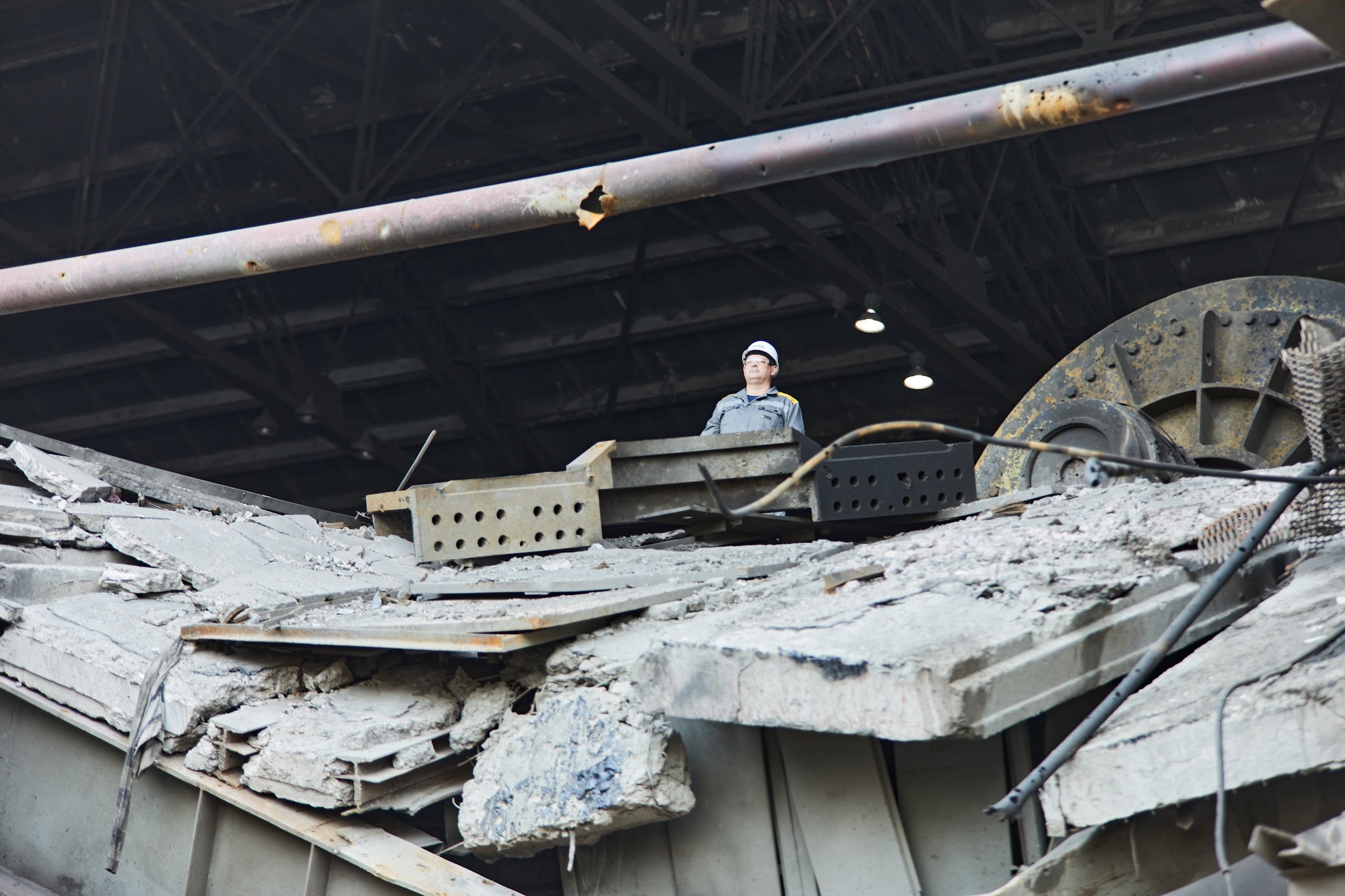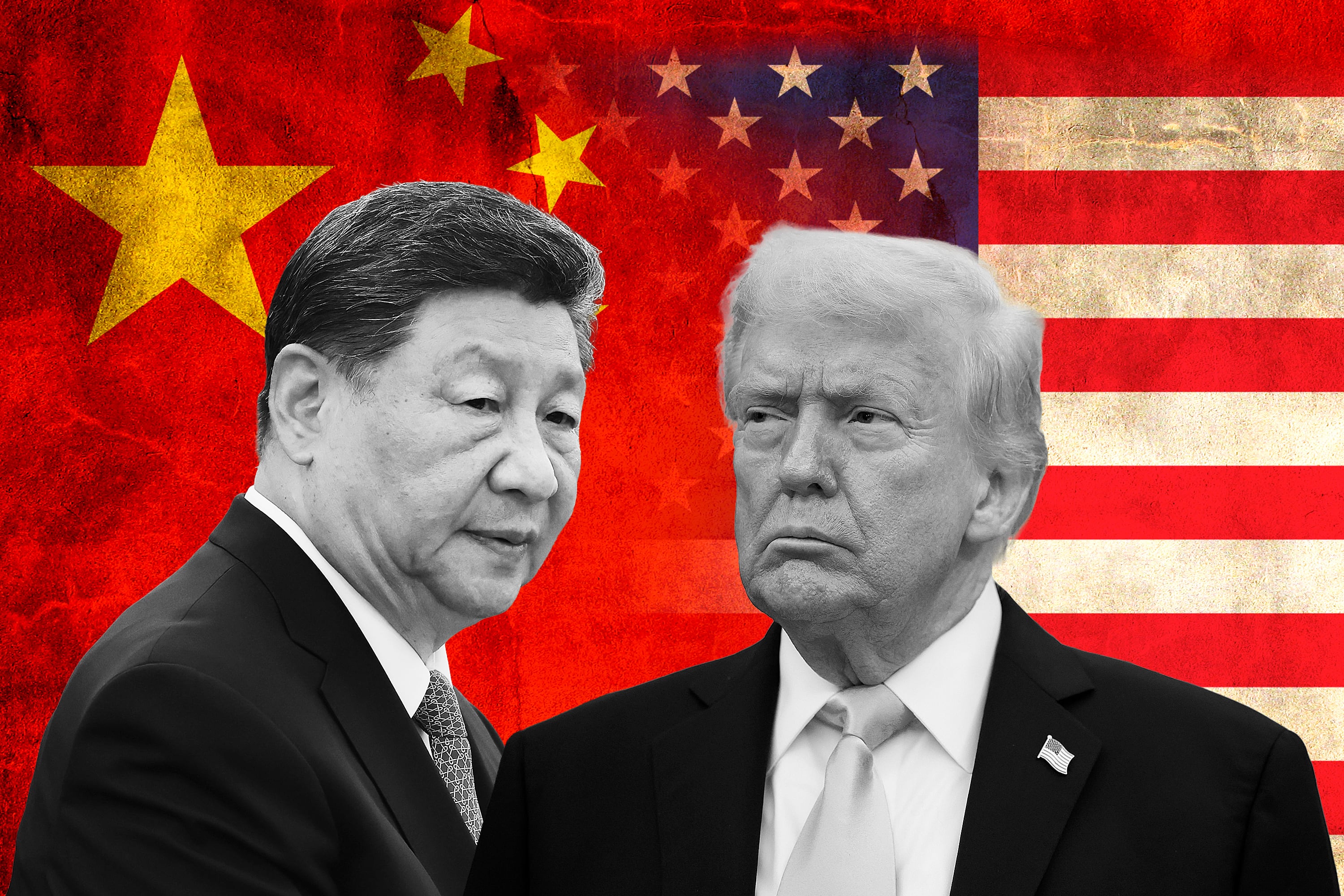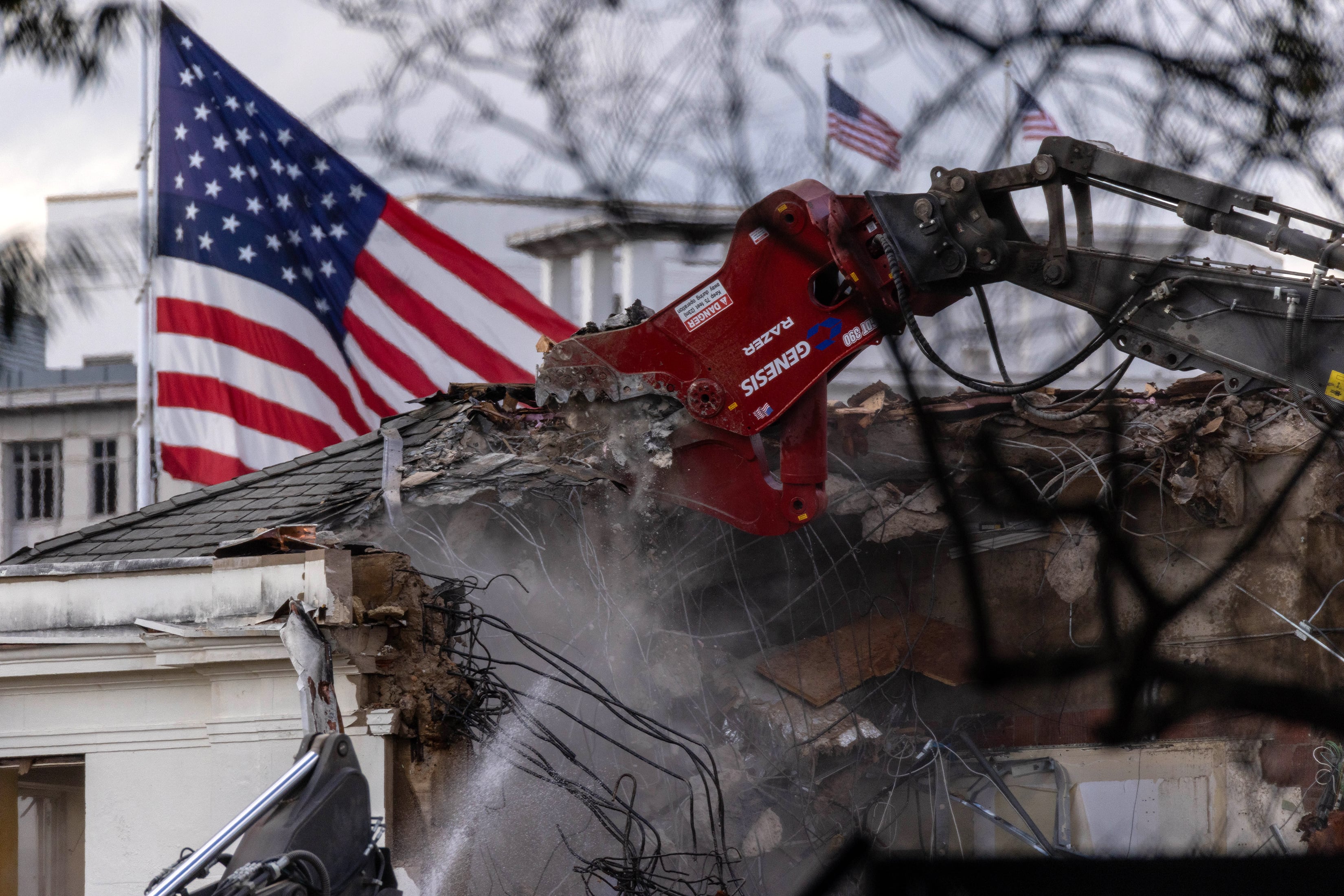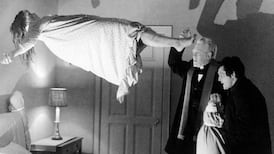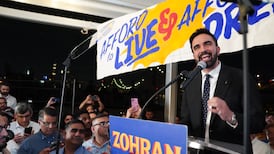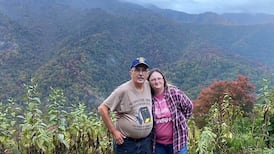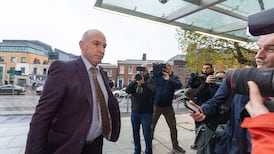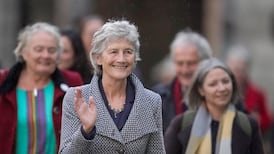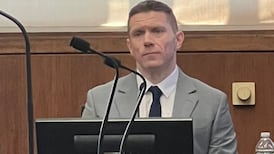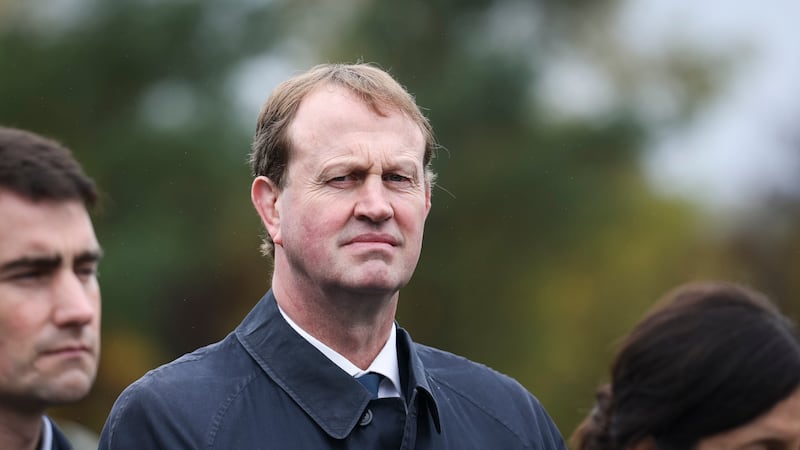Memories of The Exorcist still possess the imagination and autumn pattern of Washington DC’s Georgetown University set more than 50 years on.
On Wednesday evening, the annual Halloween showing of William Friedkin’s horror film masterpiece took place on the lawn outside. And when the students don their Halloween Night gothic costumes, they have a timeless set in Healy Hall and the famous “Exorcist Steps as Insta” props.
Tucked away at the far corner of Georgetown’s boutique and eatery scene, the run of 75 narrow steps cutting between two austere brick walls to form a steep, daunting connection between Prospect Corner and 36th NW are worth the trek.
A friend visiting in late summer was adamant: your Lincoln Memorial and White House and Ford Theatre were all very well, but there was no way he was leaving without visiting the steps which Fr Damien Karras made famous at the climax of the film.
READ MORE
He wasn’t alone. The Exorcist Steps have become one of the more unlikely tourist attractions in a city teeming with them, a tribute to the enduring power of the film as much as the unusual architecture.
And Georgetown can claim a central role in a film which, upon its release in 1973, caused a genuine sensation across the United States. The origins of the story lay in the chance reading of an article in The Washington Post by William Peter Blatty, an English major at the university in 1949, about a real exorcism performed on a 14-year-old boy, named only as ‘Roland Doe’, in nearby Cottage City, Maryland.
Blatty never forgot the story and although primarily a screenwriter, he ended up turning the genesis of the story into a novel in which a young girl is possessed in a house near his alma mater. Within two years, Friedkin, just after an Oscar success with The French Connection, was on campus. Healy Hall, Georgetown’s magisterial centrepiece, features prominently and Friedkin made ingenious use of those steps.

It is hard, in this age of relentless content, to summon up a full picture of the welter of anticipation, shock and controversy which The Exorcist caused prior to and after its release. Reports of a spooked set – an injured carpenter and unsettling events in the production – gave the project unrivalled advance publicity.
People waited in line for hours in perishing weather to get into cinemas when it was released on December 26th, 1973. The film was genuinely terrifying and reports of the audience fainting, retching and disturbed by the story quickly became legend. It cost $12 million (€10.4 million) and earned Warner Bros $441 million worldwide within a year.
As a work of art, The Exorcist deeply split opinion. Pauline Kael, then unrivalled in film reviewing, loathed it.
Castigating the gore and “ferocious language” which is spewed in tandem with spectacular bouts of vivid-green puking by young Regan, she noted the “possible complainers” – the Catholic Church – would look elsewhere given the central role of the Jesuit college in the film. “Besides, the Catholic Church is hardly likely to be upset by the language or actions in a film that says that the Catholic Church is the true faith, feared by the Devil, and that its rituals can exorcise demons,” she wrote.
Quentin Tarantino was among the young Americans hypnotised by the film when it was released. “It wasn’t just a horror film in ’73 when it came out,” he said a few years ago. “You were experiencing the devil.”
He considered it as “kind of a perfect movie” and said “its biggest achievement isn’t in convincing you the devil exists, its [in] convincing you that Catholicism could handle it if it did”.
In that sense, the supernatural power which The Exorcist held over the United States of 50 years ago reflects a kind of collective naivety and the central role of religion then in everyday life.
The year 1973 was a restless one there: the suspension of US involvement in Vietnam, the onset of a recession and a fuel crisis, the death of Lyndon B Johnson, the Supreme Court ruling in Roe v Wade and in Washington a brewing crisis involving a building named Watergate.
Cinema was a collective escapism and The Exorcist a shocking reminder that whatever your problems, they could be worse.
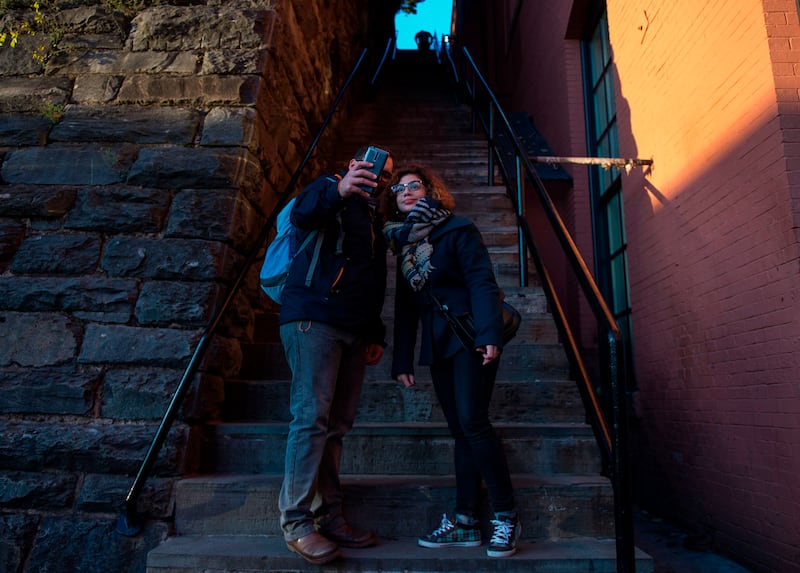
Friedkin turned up in Washington in 2015 when DC mayor Muriel Bowser unveiled a plaque honouring the steps as a cultural landmark. By then, The Exorcist was regarded as a horror masterpiece.
While Washington is acclaimed for its spring blossoms, this is the time of the year most suited to its soul. The leaves are everywhere, and it’s mostly dry and turning cold and the twilight comes early. When the street lights come on in the more gorgeous historic neighbourhoods, the Halloween displays are something to behold. And there will be likely be several Regan MacNeil masks and Fr Karras costumes for Halloween celebrations.
As for Roland Doe, who started the entire commotion in the late 1940s: he mercifully recovered from his alleged brush with Satan.
In 2021, it emerged that Doe, whose real name was Ronald Edward Hunkeler, had died just the previous year, aged 85, after a distinguished career as a Nasa engineer. He had spent his life fearful that his teenage brush with the paranormal would be exposed.
Speculation varied as to whether he had been a prankster supreme or, as the trailer for the film that terrified the US announced, he became caught up in “something beyond comprehension”.


